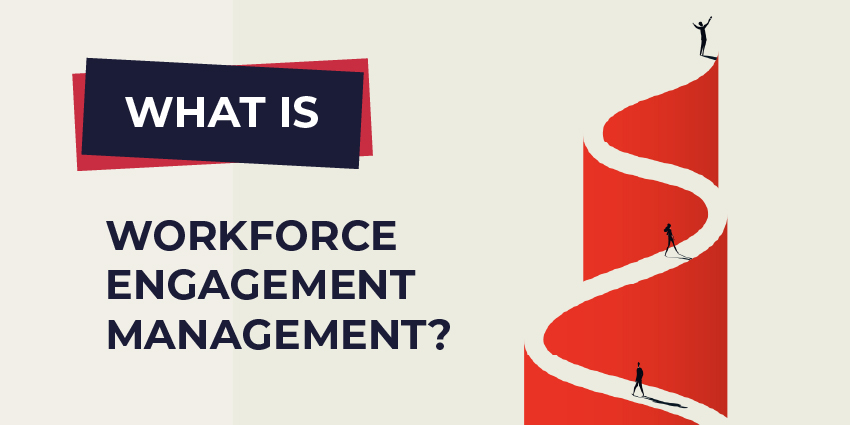A top-notch contact center workforce management (WFM) strategy cuts operational costs, lowers customer wait times, and drives employee engagement.
Demand forecasting sits as the heart of such a strategy. Get it wrong, and staffing becomes inaccurate while intraday management grows much more stressful.
Moreover, ideal customer, agent, and business outcomes fall by the wayside.
Fortunately, new thinking and technologies are helping businesses to finetune their demand forecasting. The following five ideas provide excellent examples.
1. Start With High-Quality Datasets
Quality of data is directly proportional to the accuracy of forecasting insights. Combining comprehensive data from the computer telephony interaction (CTI) and automatic call distribution (ACD) will help increase the data pool that forecasters work from.
Also, factor in at least three years of data – preferably five. While it is often best to place precedence on more recent data, such an approach allows forecasters to account for trend and seasonality.
2. Consider All the (Unexpected) Variables
Days of the week, months, seasons, holidays, and the time of day influence contact volumes. They are all regular occurrences that affect demand, but projections must also account for exceptional/ad-hoc occurrences. These events provoke changes in call volume, call duration, and channel choice – making WFM much more tricky.
Also, remember to analyze outliers in demand, aiming to find the root cause. Doing so will help planners to uncover new, emerging variables and increase future forecast accuracy.
3. Review and Update the Data at Regular Intervals
Constant evaluation of the factors influencing forecast accuracy is essential. For instance, shrinkage estimates from three months ago may no longer apply to the next schedule reporting period.
Similar to assessing the incoming data feeds, planners should also check the underlying principles and algorithms to ensure they continue to correspond with evolving business demands. Doing so ensures they remain relevant.
4. Forecast for Uncertainty
While contact center schedules will plan for the most likely demand outcomes, keep the best- and worst-case scenarios in mind.
For any given day, week, or month, planners should forecast the lower, middle, and upper levels of demand volumes.
As such, they can create a contingency plan to prepare for demand spikes alongside productive tasks to keep the team occupied in case of low volumes.
5. Test Different Types of Forecasting Models
Demand forecasting leverages various data analysis models, depending on business needs and available data. Some of the most popular include:
- Holt-Winters Method: A time series analysis approach that allows planners to model average demand, considering trend and cyclical patterns.
- ARIMA Model: Autoregressive Integrated Moving Average (ARIMA) is an advanced forecasting method that dissects seasonality to build more accurate forecasts.
- Multiple Temporal Aggregations: A model that considers high-frequency data sets – such as hours, days, and weeks – in relation to longer-term trends.
With sufficient data maturity, stalwart organizations can also develop homegrown models uniquely suited to their use case, data types, and market conditions.
However, these days, most will test in-built models from their WFM solution to discover the most accurate for their unique environment. Although, a second algorithm may better forecast various “what if” scenarios.
Final Thoughts
Thankfully, many contact centers now use WFM solutions to enhance demand forecasting.
Many present AI models ingest larger, more complex datasets than traditional statistical analysis.
Moreover, they come with many inbuilt algorithms that automate much of the forecasting process.
Discover more about these technologies and the evolving roles of resource planners by reading our article: Putting WFM at the Heart of the Contact Centre







